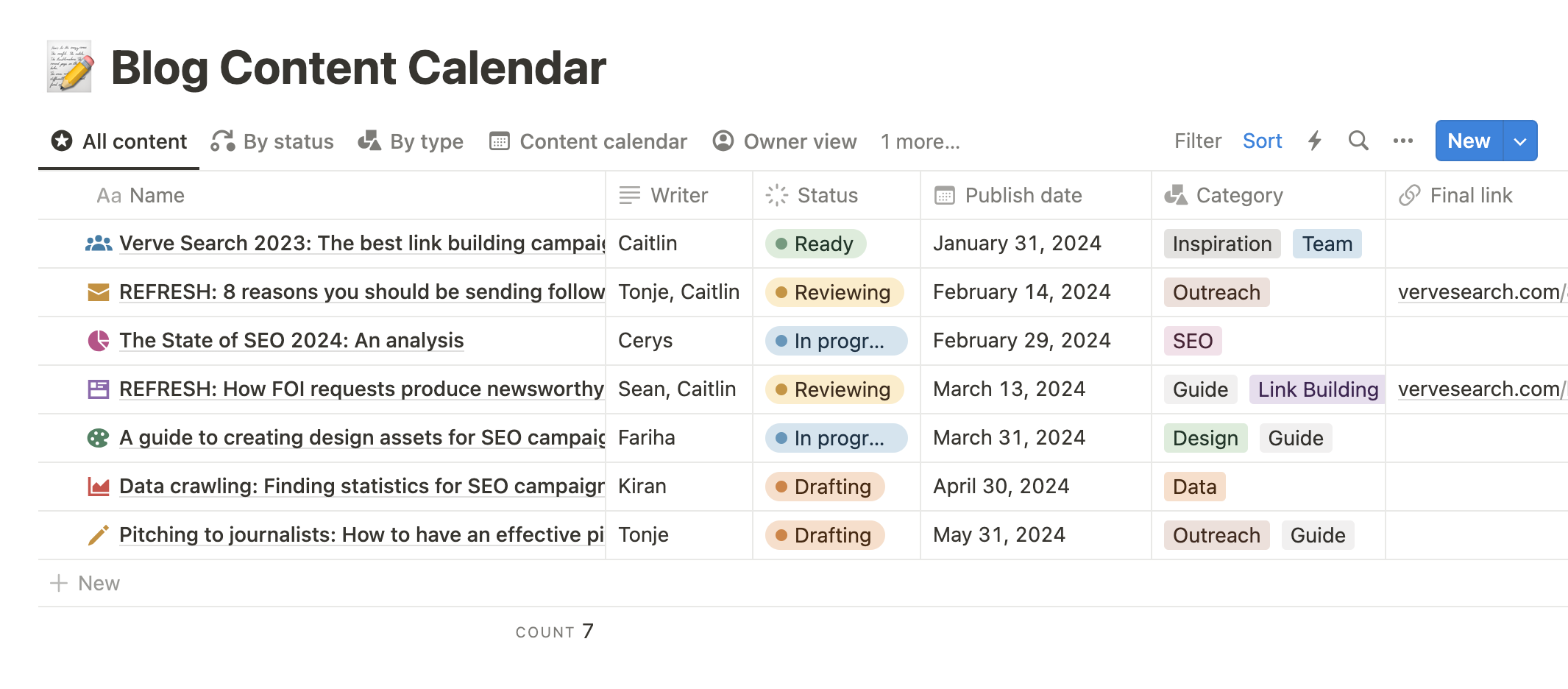Adding a blog to your business website is a brilliant way to connect with your consumers and also adds strength to your brand.
Many businesses haven’t latched on to the idea that a blog is a beneficial tool to use. Most believe a blog can be time-consuming; that thinking up ideas for posts and honing the quality isn’t worth the effort. We, at Verve Search, believe that’s utter rubbish.

A business blog for your website is not a waste of your time or website space. In fact, it’s one of the most cost-effective ways to promote your business which will inevitably lead to more sales, establish yourself as a leading authority in the industry, and give you a chance to broaden your market reach. Plus, it’s bloody easy to blog. Everyone’s doing it these days. I bet even your own mother is a blogger. Believe me, that’s no insult.
Here are some top tips on how to blog for business professionals.
1. Write for your consumers – they are your readers, after all
Writing a blog for your business is completely different to a personal blog. In other words, it is not about you (sadly). Your business blog is about your business and your customers.
Always remember that the people who are going to read your blog are consumers and potential consumers, so write for them. Your blog posts should aim to answer any possible questions they may have and deliver new insights into your industry.
2. Plan business for blog content in advance
Phrase one: “There simply isn’t the time!”
Phrase two: “I have no idea what to write about!”
How many of you have used these two phrases as an excuse for not having a blog? Be honest. Well, brighten up lads and ladies for there is a solution: plan your blog posts. Lucky for you, we’ve attached an example of our content calendar below.
Every content calendar changes depending on your business needs and plans. Make sure to include a plan of title, who’s writing the piece, a proposed publish date and the categories you want this piece to sit in. These are all super important before you even start the drafting process.
This will solve any excuses for lack of time and ideas when the weekly calendar rolls around to blog-post-day (which should be around once a week by the way, more on that later). The benefits of mood boarding and brainstorming can take your blog that one step further. With a bit of planning at the start of each month, you can have enough ideas to keep the blog running for weeks.

3. Never underestimate the power of a good keyword
Overlooking the power of an SEO keyword is a big no-no. It impacts how a blog post is found in the search engine. The first thing a potential reader looks at is the title so you need a title that draws readers in and indicates what the post is about, whilst also including your keyword to be picked up by search engines.
Not sure what a ‘keyword’ is? Well, an SEO keyword is added to content online to make it optimized for a search engine. This means trailing the keyword throughout the content so that engines can pick up on what that content is about and rank it higher.
For example, notice how actionable the title of this blog post is indicating that you, the reader, will learn how to write a successful business blog. If I opted for a questioning title I could have gone for ‘Should You Add A Blog To Your Business Website?’ (The answer is ‘yes’ by the way).
4. Create constructive content on your blog for business
Providing your readers with valuable content is key to a successful business blog. It’s a way of establishing your business website as a leading authority in your industry. Writing about what you know is the easiest way to write.
For example, let’s say your business sells concrete countertops (yes, of course there are businesses for that!) which can admittedly be a dry subject but it’s your concrete business and you’re an expert on the subject. Write posts on the subject of choosing the right diamond pads for your concrete countertop, how fluctuating weather conditions can affect concrete, and what concrete countertops look like around the world. You can even veer away a bit and write something about how concrete is used in art projects. It’s all relevant and interesting content… as relevant and interesting as concrete can be.
Also, if you give readers posts that are informative and answer any questions they may have had on the subject they will reward you by becoming loyal consumers. Make your consumers see that you are the concrete solution to their concrete problem.
5. Blog little but often
Blog posts are not essays, so keep them short and sweet. People online are more likely to scan website content so it’s important to make every single word count.
If it takes you 1000 words or more to get a message across to your readers (just like this post) that’s absolutely fine. In terms of how often, the best practice is to blog at a consistency you believe you can maintain – once a week is good. Set a day to upload the post and stick to it. Search engines like new content and the more frequently you update your blog and website the higher your rankings.
6. Get the whole team involved
The blog shouldn’t be seen as one person’s sole responsibility. It’ll quickly become too overwhelming for that person and you’ll soon hear the two whining phrases outlined in point No.2. Give everyone a chance to write and share the responsibility of the blog. And when I say everyone I mean everyone from the CEO to the tea boy.
The best way to make this work is to draw up a blog rota every month. The different styles of writing and the voice that will emerge from your business will add more personality and ‘human’ depth. Plus, the more people you get to become bloggers, the bigger your pool of content ideas. Bonus.

7. Be inspired by your consumers
Remember that the consumers are your readers. Sometimes consumers have specific questions. Don’t just ask them in an FAQ section. Instead, answer the question by writing a post.
For example, your business sells concrete countertops (yes, seriously there are businesses out there that do that!) and consumers you’ve dealt with in the past wanted to know the ways to make their concrete countertops look more interesting. You can write a post outlining the options available to them from imbedding coloured glass to making a mosaic pattern, creating a marble effect or using glow-in-the-dark aggregate. Question answered.
Research what consumers are looking for by using the search engine. Look at search suggestions and related searches. Find keywords for your research. You can use a tool such as Google AdWords Keyword Tool to find keyword phrases that could turn into blog post titles which will drive more traffic to the blog.
8. Be visual
A simple technique to turn potential readers into actual readers is to provide images. Photos, graphs, infographics and videos have the power to communicate in a different, more instant, way than words. Images draw an audience in and provide an additional point of interest to your posts.
N.B. Do also make sure any images you use for your blog are either yours or Creative Commons images.
9. Analyse your blog for business performance
Use a web stats tool such as Google Analytics to measure your website’s performance. It’s free and is quick to install. You can use it to monitor how your blog’s performance is doing and get an idea of the ways people are finding your blog and what posts are the most popular. From all that information you can judge what’s been a success and how you can improve your future blog posts.
Interested in content marketing and digital PR services? Get in touch with us.







